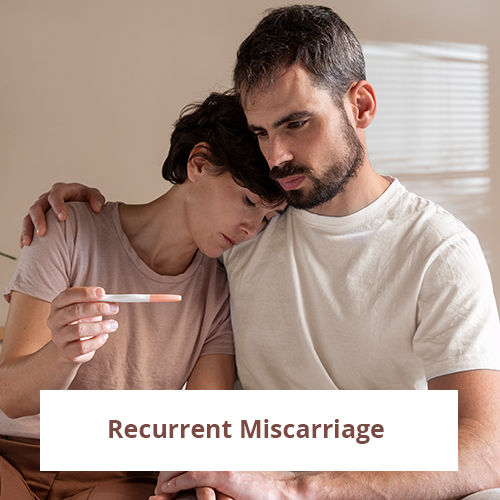top of page

Top-banner-03
Describe your image

Top-banner-02
Describe your image

Top-banner-05

Top-banner-03
Describe your image
1/5
ABOUT ME
Lorem Ipsum is simply dummy text of the printing and typesetting industry. Lorem Ipsum has been the industry's standard dummy text ever since the 1500s, when an unknown printer took a galley of type and scrambled it to make a type specimen book.
July 1988 — MBBS –- Medical College, Calcutta University
May 1993 –- MD –- Eden Hospital Medical College, Calcutta University January 2016–FICOG

OUR HEATHCARE SERVICES
Lorem Ipsum is simply dummy text of the printing and typesetting industry. Lorem Ipsum has been the industry's standard dummy text ever since the 1500s, when an unknown printer took a galley of type and scrambled it to make a type specimen book.
bottom of page































